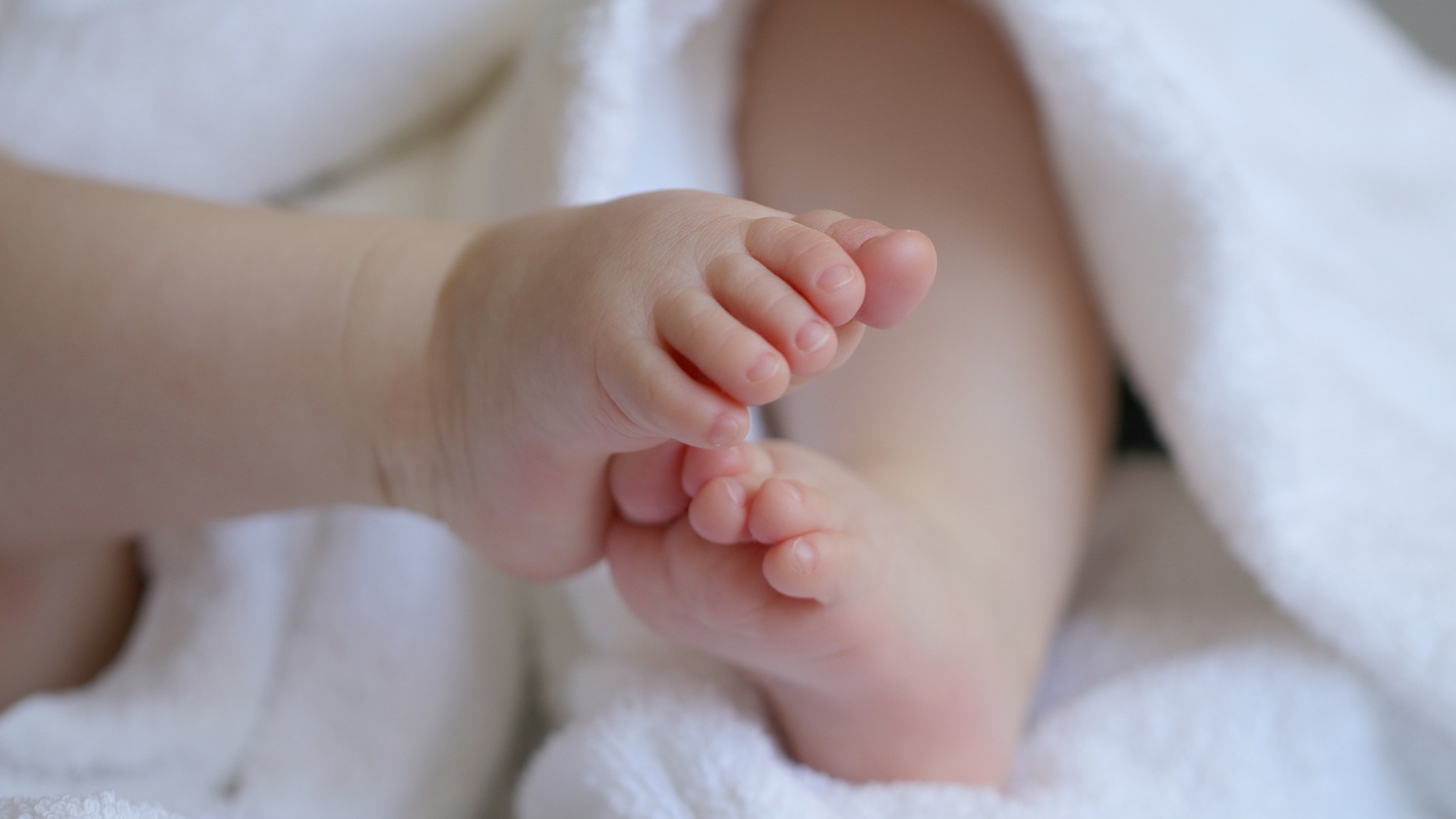Diaper Rashes
Infants and toddlers often experience diaper rash, a skin condition that affects the area covered by a diaper, causing redness, irritation, and discomfort. The severity of diaper rash can range from mild redness to more pronounced inflammation, peeling, and soreness.
Diaper rash can be caused by:
- Moisture: The number 1 cause of diaper rash is prolonged exposure to wet or dirty diapers (urine and feces).
- Friction: Friction caused by a wet diaper rubbing against the skin can irritate the skin.
- Chafing: Babies' skin is sensitive and can be easily chafed by the materials in diapers, wipes, or other products.
- Irritants: Chemical substances in diapers, wipes, laundry detergents, or creams can irritate the baby's delicate skin.
- Yeast Infection: A fungal infection called candidiasis, or yeast infection, can develop in the diaper area, causing a more severe and persistent diaper rash.
- Foods: A more mature diet containing meats can make stool acidic and caustic to babies' skin, causing diaper rash.
Preventing diaper rash:
- Frequent Diaper Changes: Changing wet or soiled diapers right away will keep the area dry and minimize the risk of irritation.
- Clean Completely: Clean the diaper area with mild, fragrance-free wipes or warm water during diaper changes.
- Allow Air Exposure: Allow your baby's skin to air-dry whenever possible by leaving the diaper area open for short periods.
- Use Diaper Cream: Use a protective barrier cream or ointment with each diaper change. Look for products that contain zinc oxide or petroleum jelly.
Diaper rash begins due to simple hygiene problems from contact with urine and feces. Correcting the hygiene issues by keeping the diaper area as clean as possible and keeping the skin protected and dry allows the skin to heal.
Home Remedies and Natural Cures for Diaper Rashes
A parent wouldn't usually need medical attention for this condition unless the case is severe or persistent. Many common sense and over-the-counter remedies can help with diaper rash. Some of the most common home remedies include:
Good Diaper Hygiene
- Frequently Change Diaper: Change your baby's diaper often, ideally as soon as it's wet or soiled, to minimize prolonged exposure to irritants.
- Gentle Cleansing: Clean the diaper area with warm water and a soft cloth during diaper changes. If the baby is tiny, you can hose off the baby's bottom in the sink to quickly clean all nooks and crannies.
- Pat Dry: Gently pat the diaper area dry with a clean and soft cloth after cleaning.
- Barrier Cream: Use a good quality lotion on the baby's bottom to help keep caustic urine or feces from irritating skin.
Laundry 101
- Mild Soap: Use mild, fragrance-free soap, detergent, wipes, and products specifically designed for babies with sensitive skin to reduce the risk of irritation.
- No Fabric Softener: Sensitive skin is not helped by added fabric softeners, which coat cloth diapers and clothing fabric and introduce even more chemicals and additives to aggravated skin.
- Rinse with Vinegar: Rinse clothing and diapers thoroughly, and add 1 cup of plain white vinegar to the final rinse to help disinfect and remove any remaining residue. Vinegar will help soften clothing and is a natural deodorizer. It's antibacterial, and the smell disappears completely when dried.
Bare Bottom Air Time
Once a diaper rash has occurred, airing the baby's naked bottom is helpful to heal the skin. Try laying the baby on a diaper instead of fastening it. If the weather permits, find a shaded place in your backyard to let the baby go au naturel.
Use A Blow Dryer Instead of Wipes
Wipes can be hard on sensitive skin, and severe rashes are painful and can get further irritated by diaper wipes. Dry baby's skin after changing with a hair dryer on the lowest temperature setting. This works well to help dry skin without having to rub.
Barrier Creams
A good diaper rash ointment should be in everyone's home remedy bag. Apply a thick layer of diaper cream that contains zinc oxide or petroleum jelly to create a protective barrier on the skin. It prevents, protects, and helps heal skin rashes by adding a medicated moisture barrier between the baby's skin and the diaper, whether soiled or not.
A lighter choice to moisturize skin is coconut oil. This natural remedy has antibacterial properties and absorbs quickly, but it does not protect as well as petroleum jelly or zinc oxide diaper creams.
Diaper Powder
The American Academy of Pediatrics strongly discourages using baby powder. Both babies and adults are at risk of being harmed by talcum powder. Inhaling the powder can cause breathing difficulties and damage to the lungs. Instead of talcum powder, try baking soda, tapioca starch, arrowroot powder, or kaolin clay.
Some powders that may help with diaper rash include:
- Cornstarch: This home remedy absorbs moisture, keeps skin dry, and feels as smooth and soft as regular powder.
- Zinc oxide: A small amount of zinc oxide powder (10% to 15%) can help prevent diaper rash.
- Johnson's® Medicated Baby Powder with Zinc Oxide: This powder absorbs excess moisture that can cause skin irritation.
Cautions
Remember that if your baby's diaper rash persists, worsens, is accompanied by fever, bleeding, or pus-filled sores, or if you suspect a yeast infection, it's essential to consult a pediatrician or healthcare provider for proper diagnosis and guidance. Each baby's skin is unique, so some trial and error may be needed to find the most effective remedy for your baby's diaper rash.



